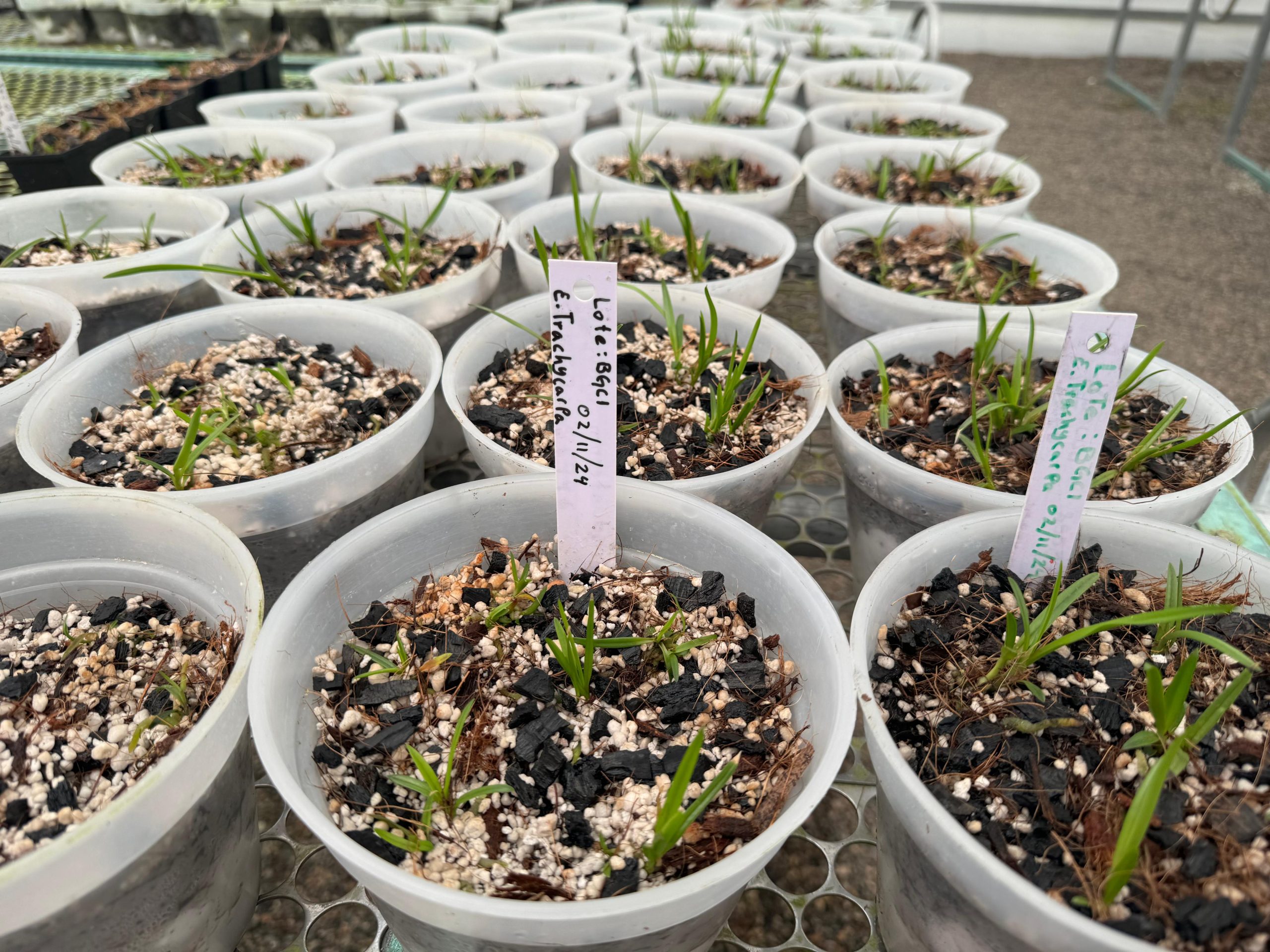In vitro propagation of orchid species native to western Mexico
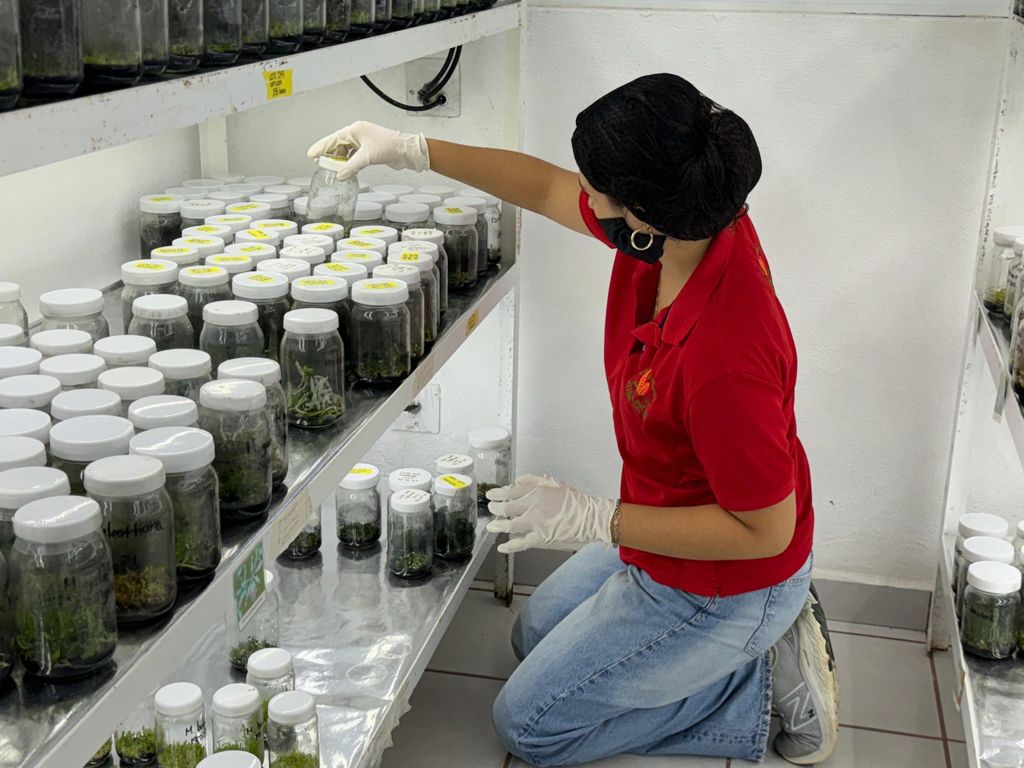
-
Status of project
Completed -
Region
Latin America and the Caribbean -
Country
Mexico -
Programme
BGCI -
Workstream
Saving Plants -
Topic
Services for Botanic Gardens
Funded by the Global Botanic Garden Fund via the Leon Levy Native Plant Preserve
Project Completed: 2024
Institution: Vallarta Botanical Gardens, A.C.
In vitro propagation of four Encyclia species native to western Mexico at the Vallarta Botanical Garden
Introduction
Since 2018 the Vallarta Botanical Garden (VBG) has a laboratory for in vitro micropropagation, currently 22 species of six orchid genera are propagated (far from the more than 50 native species that inhabit the Horcones Basin in Jalisco, Mexico). The laboratory’s propagation techniques guarantee a germination efficiency of between 40% and 60%, which can be improved by updating protocols and hiring personnel, since there is only one technician in charge of the laboratory and the ex vitro monitoring. The VBG are trying to increase the laboratory inventory, for the benefit of the environmental education, research, and conservation projects carried out at the VBG.
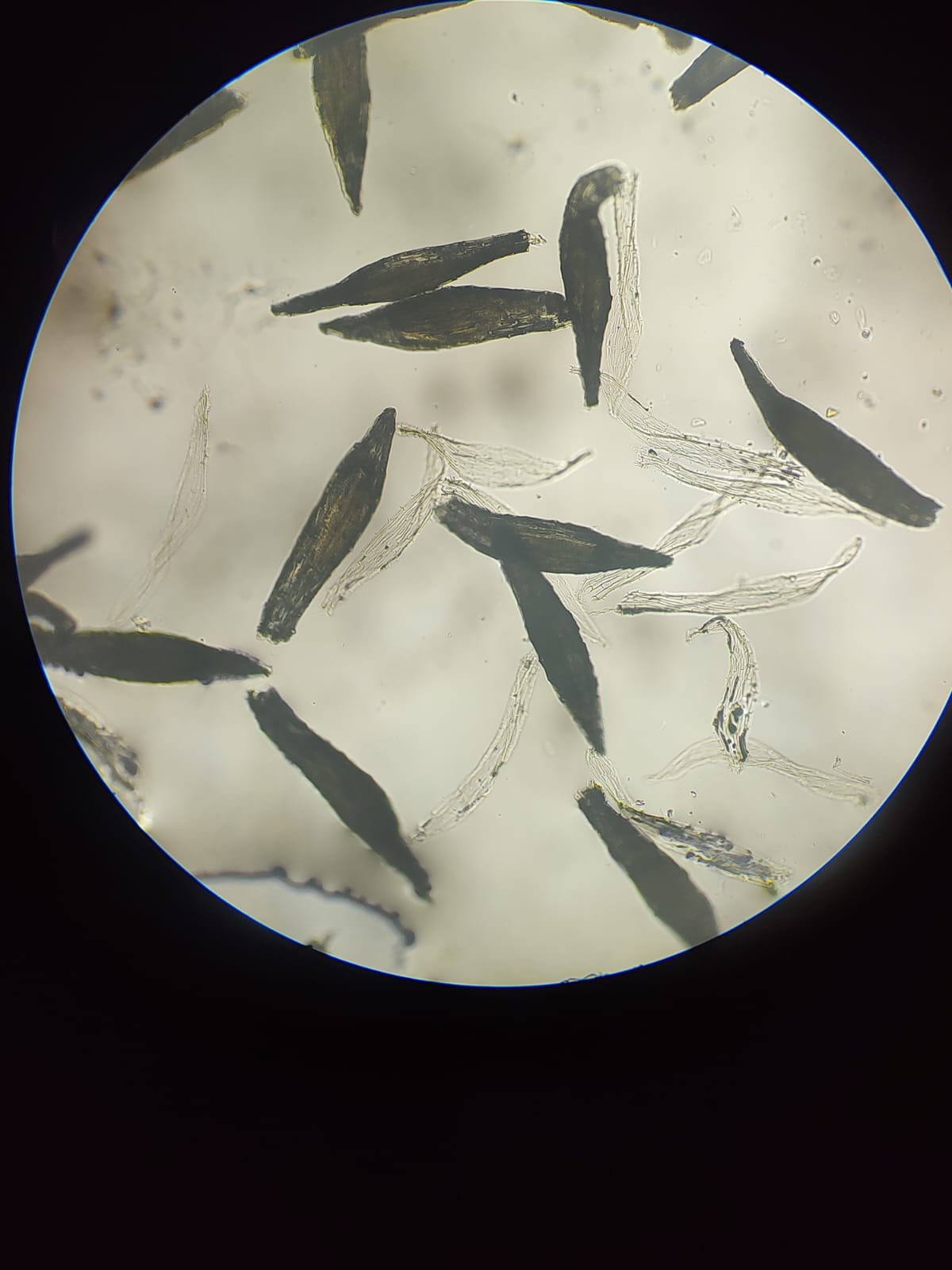
Project Goals
This project was to cultivate four native orchid species in vitro to increase the laboratory inventory, for the benefit of the environmental education, research, and conservation projects carried out at the VBG.
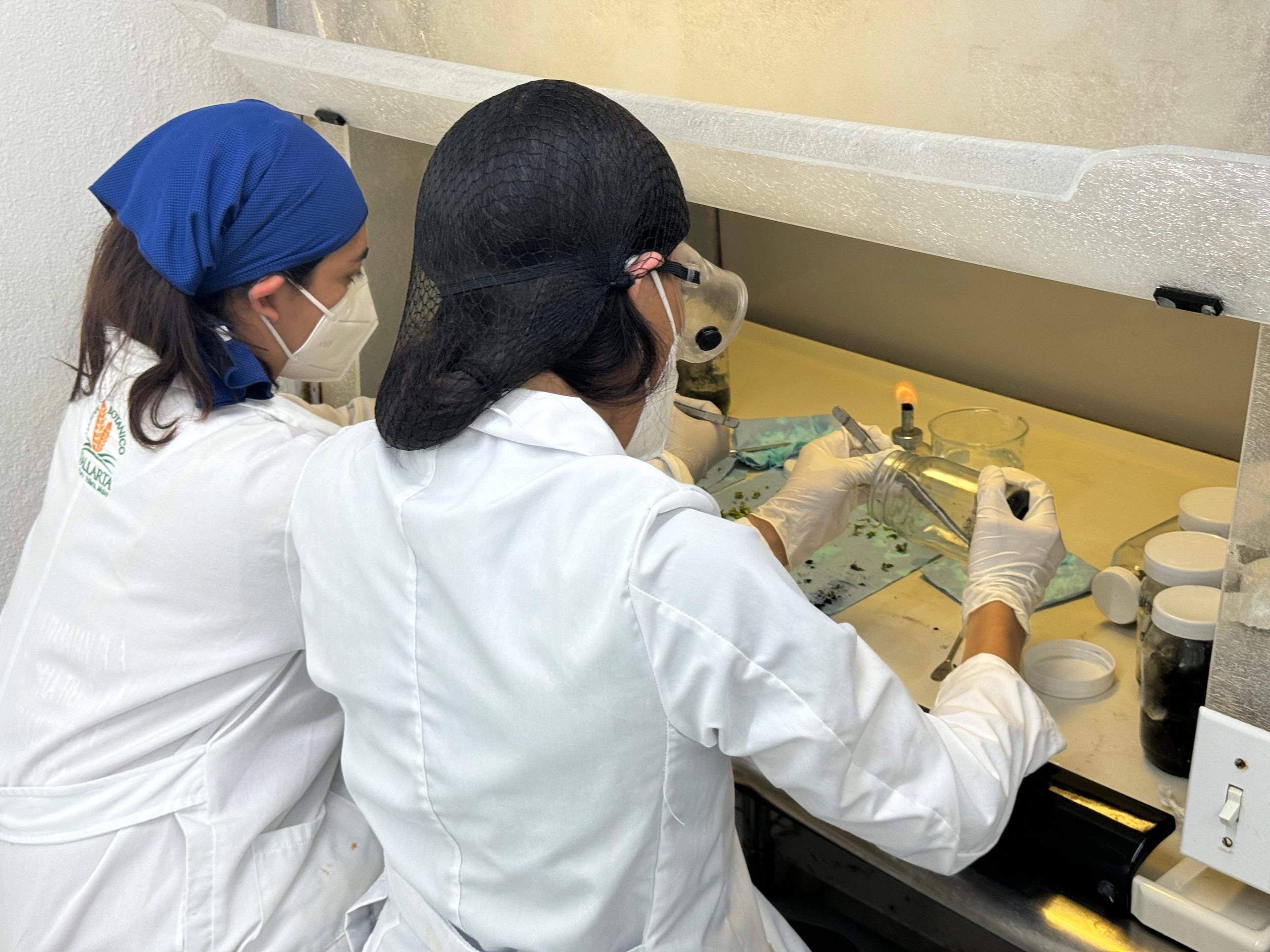
Key Achievements
The priority species chosen were Encyclia adenocaula, E. cordigera, E. huertae and E. trachycarpa. These were selected from ex-situ VBG collections based on conservation status, and ecological/cultural importance, with botanical department support. Trained staff, materials and specialized equipment were acquired to cultivate these four orchid species.
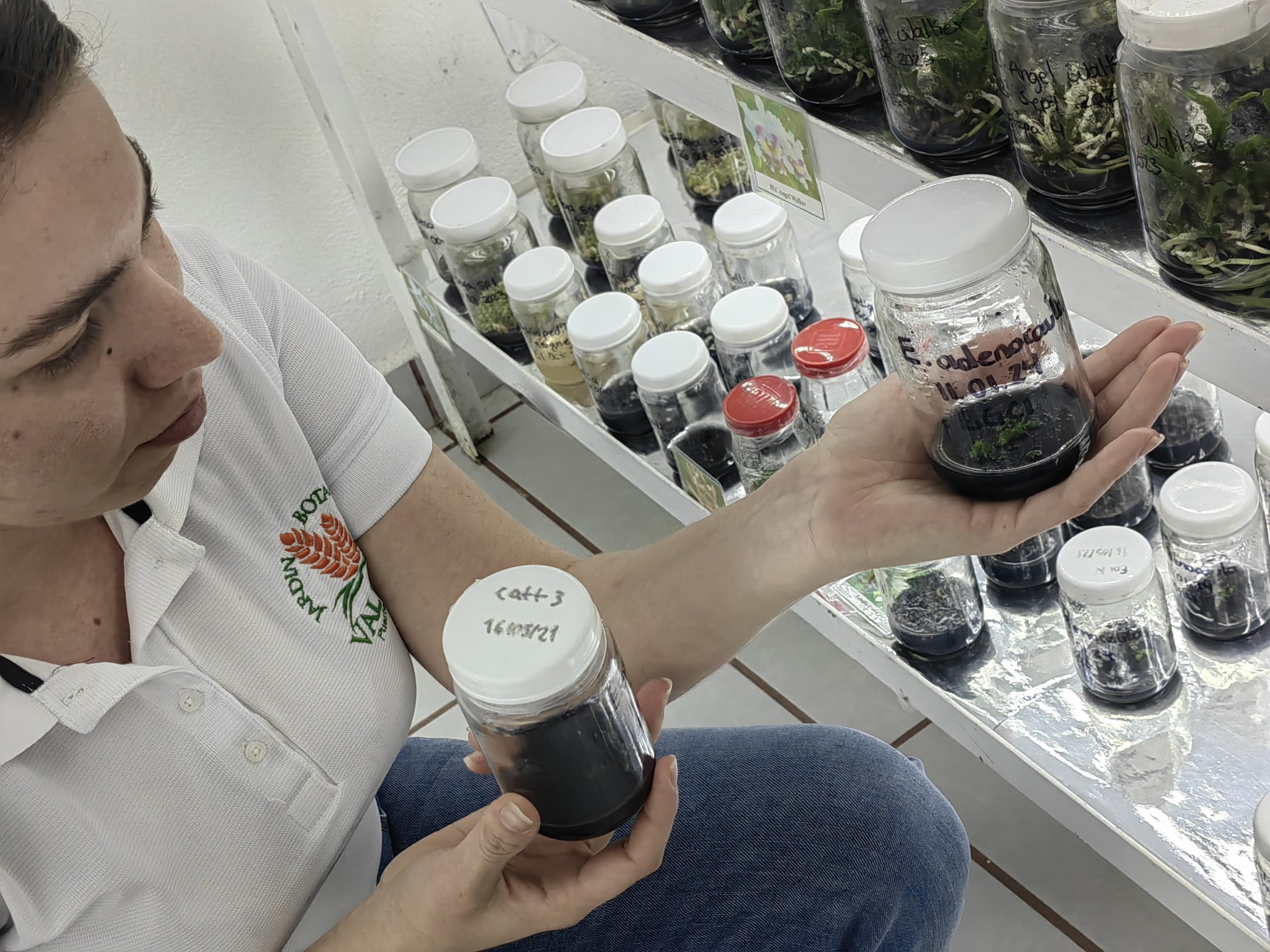
Average germination values and 100% survival of germinated seedlings were obtained for all species except E. huertae, due to poor quality of the available capsules.
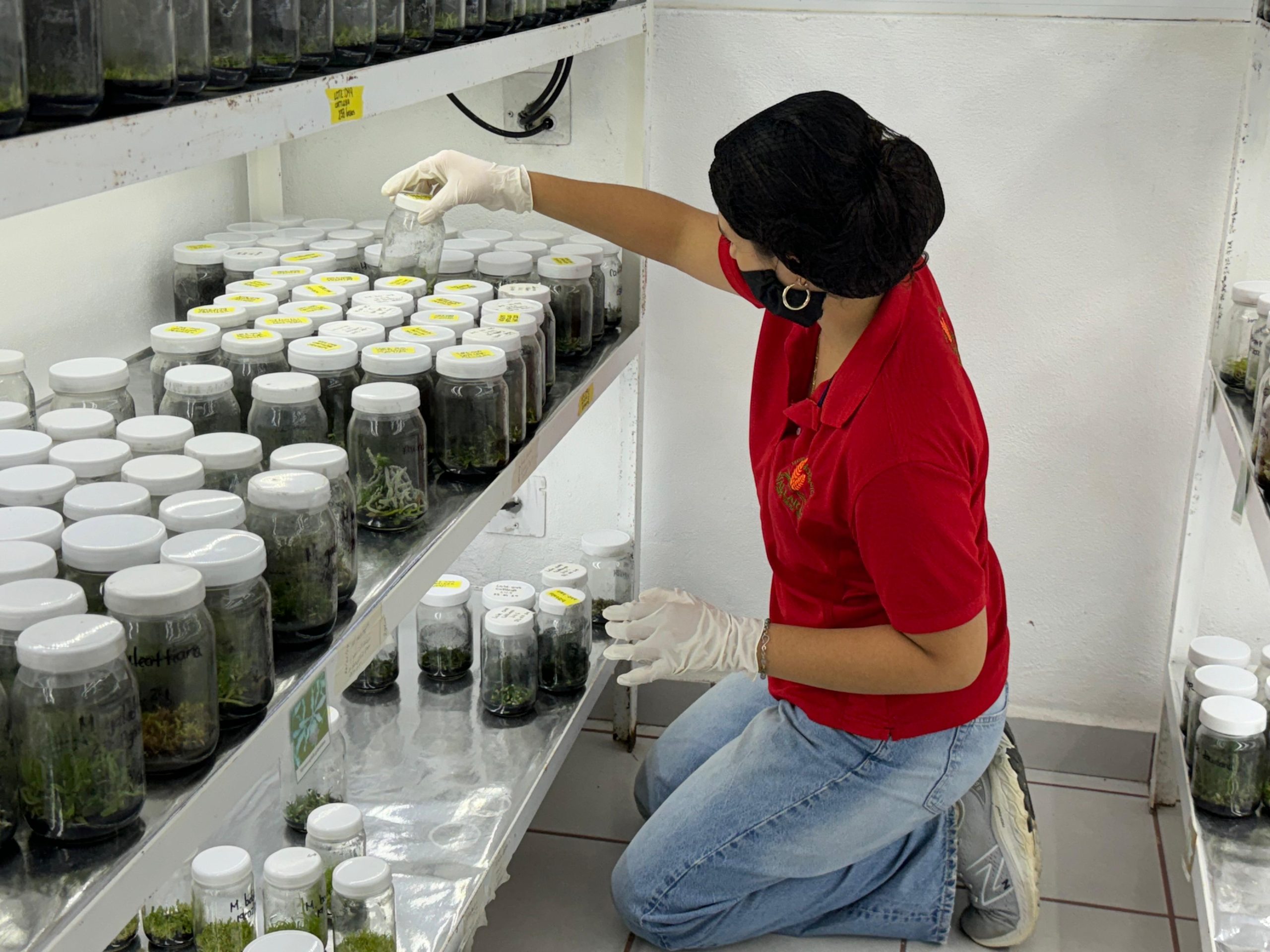
Laboratory protocol improvements, from capsule harvest to orchid transfer, were identified and addressed during this project, including protocol improvements for pollination monitoring and germplasm selection.
